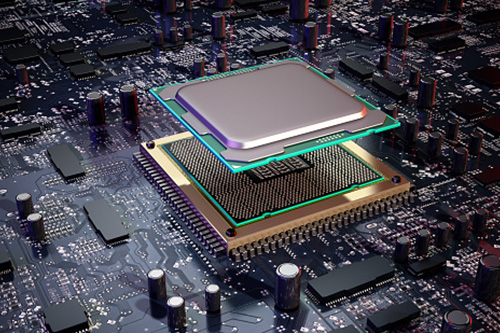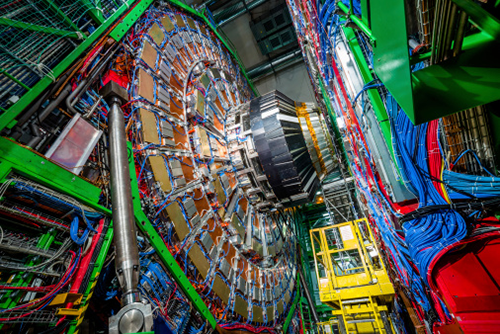AMD EPYC™ CPU Articles
Microsoft Azure’s More Capable Compute Instances Take Advantage of the Latest AMD EPYC™ Processors
- October 11, 2022
- Author: David Strom
Azure HBv3 series virtual machines (VMs) are optimized for HPC applications, such as fluid dynamics, explicit and implicit finite element analysis, weather modeling, seismic processing, and various simulation tasks. HBv3 VMs feature up to 120 Third-Generation AMD EPYC™ 7v73X-series CPU cores with more than 450 GB of RAM.
Supermicro SuperBlades®: Designed to Power Through Distributed AI/ML Training Models
- October 6, 2022
- Author: David Strom
Running heavy AI/ML workloads can be a challenge for any server, but the SuperBlade has extremely fast networking options, upgradability, the ability to run two AMD EPYC™ 7000-series 64-core processors and the Horovod open-source framework for scaling deep-learning training across multiple GPUs.
Supermicro and Qumulo Deliver High-Performance File Data Management Solution
- October 3, 2022
- Author: David Strom
Red Hat’s OpenShift Runs More Efficiently with Supermicro’s SuperBlade® Servers
- September 30, 2022
- Author: David Strom
The Supermicro SuperBlade's advantage for the Red Hat OCP environment is that it supports a higher-density infrastructure and lower-latency network configuration, along with benefits from reduced cabling, power and shared cooling features. SuperBlades feature multiple AMD EPYC™ processors using fast DDR4 3200MHz memory modules.
Single-Root I/O Virtualization Delivers a Big Boost for Performance-Intensive Environments
- September 28, 2022
- Author: David Strom
Build an Accelerated Data Center with AMD's Third-Gen EPYC™ CPUs
- September 28, 2022
- Author: David Strom
“AMD EPYC™ processors are now a part of the world’s hyperscale data centers,” said Lisa Su, AMD’s CEO. Meta/Facebook is now building its servers with powerful third-generation AMD EPYC™ CPUs.
Fast Supermicro A+ Servers with Dual AMD EPYC™ CPUs Support Scientific Research in Hungary
- September 22, 2022
- Author: David Strom
The Budapest Institute for Computer Science and Control (known as SZTAKI)
Performance-Intensive Computing Helps Lodestar Computer Vision ‘Index’ Video Data
- September 21, 2022
- Author: David Strom
Lodestar is a complete management suite for developing artificial intelligence-based computer vision models from video data. It can handle the navigation and curation of a native video stream without any preparation. Lodestar annotates and labels video, and using artificial intelligence, creates searchable, structured data.
CERN Parses Hadron Collider Data with 900 Supermicro Computers and AMD CPUs
- September 15, 2022
- Author: David Strom
CERN is trying to discover what happened in the nanoseconds following the Big Bang that created all matter. It is manipulating data flows with custom AMD circuitry that slices up the Large Hadron Collider data into smaller pieces. “You need to get all the data pieces together in a single location because only then can you do a meaningful calculation on this stuff,” said Niko Neufeld, a CERN project leader. The effort entails rapid data processing, high-bandwidth access to lots of memory and very speedy I/O among many servers.
Innovations from Supermicro and AMD Help Create Visual Effects for Blur Studio
- September 1, 2022
- Author: David Strom
Blur Studio calculated it could replace a competitor's 500-node server farm with just 56 Supermicro A+ servers equipped with AMD EPYC™ CPUs, getting equivalent processing power.
- ‹ previous
- 12 of 13
- next ›












